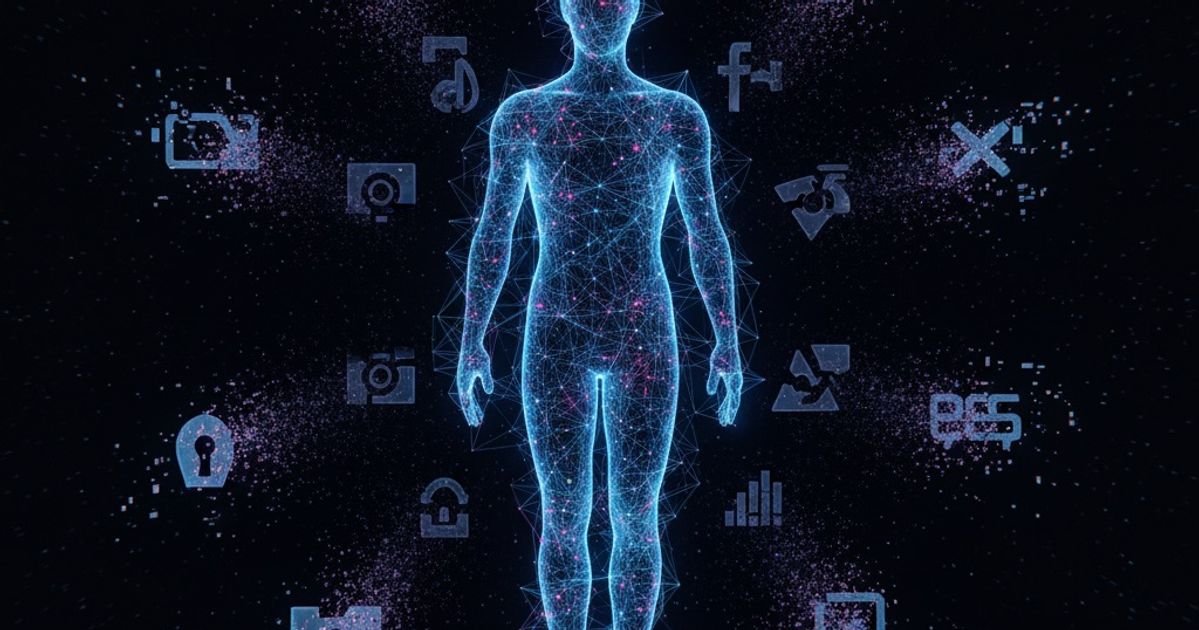Part 1/3: Digital Twin of the Customer for Product R&D: Introduction and Why 80% of New Products Fail

In this article series, we spotlight product development in the era of AI. Tools like the Digital Twin of the Customer make product development more dynamic, data-driven, and customer-centric.
In the series of three articles, we use the cosmetic industry as a tangible example.
In this first article, we'll briefly introduce product development and explore the financial and time considerations involved in product R&D.
Traditional product research and development methods have long been the cornerstone of innovation, relying on manual data collection and broad market segmentation.
While more data for research and development is available, challenges persist:
How can we find actionable insights in data and transform them into meaningful features of our new products?
Artificial Intelligence, especially solutions centered around customers, like the Digital Twin of the Customer, helps speed up product dev and make the resulting products more customer-centric than ever.
By leveraging the Digital Twin of the Customer, companies can gain deeper insights into customer needs, personalize product offerings, predict future trends, and optimize product development processes with precision and agility.
Prefer watching, getting popcorn and lay back? We got you!
A short intro to product development - Product Development and Research: Insights and Statistics
Before focusing on new technologies, let us examine some hard facts about product development to better understand what new approaches are needed to shorten cycles and remain competitive and cost-effective.
Product development is a multifaceted process that requires significant time, money, and resources. This overview covers general insights and specific details about the cosmetic industry.
Costs of Product Development
Average Costs
Software Development: The cost of developing a medium-complexity app ranges from $100,000 to $500,000.
Pharmaceutical Development: Bringing a new drug to market costs approximately $2.6 billion.
Cosmetic Development: The cost of developing a new cosmetic product, including formulation, testing, packaging, and marketing, can range from $10,000 to $70,000. Higher-end products can exceed $100,000.
Technology and healthcare companies spend 10% to 20% of their revenue on R&D. For instance, Amazon spent around $42.7 billion on R&D in 2021.
Cosmetic companies typically spend about 2% to 5% of their revenue on R&D. In 2021, L'Oréal spent approximately €1 billion, around 3% of its annual revenue.
Of course, that is not all. Once you have developed a new product, you need to get customers to know about your product. Especially in saturated and volatile markets no easy feat.
Take movies, for example. Your average Hollywood Blockbuster allocates 50% of the production budget on marketing. This means if your last superhero movie cost 100 million to shoot, you're in for another 50 million for marketing.
Launching a product can cost between $20,000 and $500,000, depending on the scale and strategy. Launching a new product in cosmetics can cost between $20,000 and $250,000, but high-profile launches can significantly exceed this range.
Time To Market
Time is essential when launching a new product. You want to have it on the market as fast as possible to recuperate development costs, but timing is also essential. When do I launch? When do competitors launch?
Average Timeframes of product development are long.
Software Development: Developing a mobile app can take 4 to 12 months.
Pharmaceutical Development: Developing a new drug can take 10 to 15 years.
Cosmetic Development: Developing a new cosmetic product takes 6 to 18 months from concept to market.
Stages of Development
Idea Generation to Launch
The average time from idea generation to product launch is about 18 to 36 months.
For cosmetics, this timeframe typically ranges from 12 to 24 months.
Historical Development Trends
Innovation Rates
The rate of innovation has been increasing across industries. Agile methodologies have reduced development cycles in tech. There's a surge in natural and organic products, personalized skincare, and beauty tech in cosmetics.
Industry Differences
Technology: Rapid product cycles with annual or more frequent updates.
Automotive: Traditionally, there were longer development cycles, but now, it is faster with electric and autonomous vehicles.
Pharmaceuticals: Despite long timelines, advancements in biotech and AI are shortening the process.
Cosmetics: Driven by trends, consumer demands, and regulatory changes, leading to shorter development cycles.
Success and Failure Rates
With these extended time frames, the success of a new product is not guaranteed. Especially volatile markets that follow trends and are ever accelerating through customer demands fueled by social media see high failure rates of new products.
New Product Success Rates
About 40% of new products fail to meet their commercial objectives.
In the tech industry, the failure rate can be as high as 70% to 90%.
In cosmetics, up to 80% of new product launches do not achieve expected sales targets.
Market Entry
Nearly 95% of new products launched yearly fail to meet financial targets.
Despite high failure rates, the cosmetic market is highly dynamic, with continuous innovation in eco-friendly packaging, clean beauty formulations, and tech-enhanced skincare.
Involving customers early in the development process can increase the chances of success. Products with high customer interaction have a 50% higher success rate.
Companies that use iterative testing and rapid prototyping are more successful. Agile methodologies can improve time to market by 30% to 40%.
So far, the status quo of product development. In parts two and three of the series, we will look at opportunities to improve the product development process with AI and how to fail faster and re-iterate development cycles.
